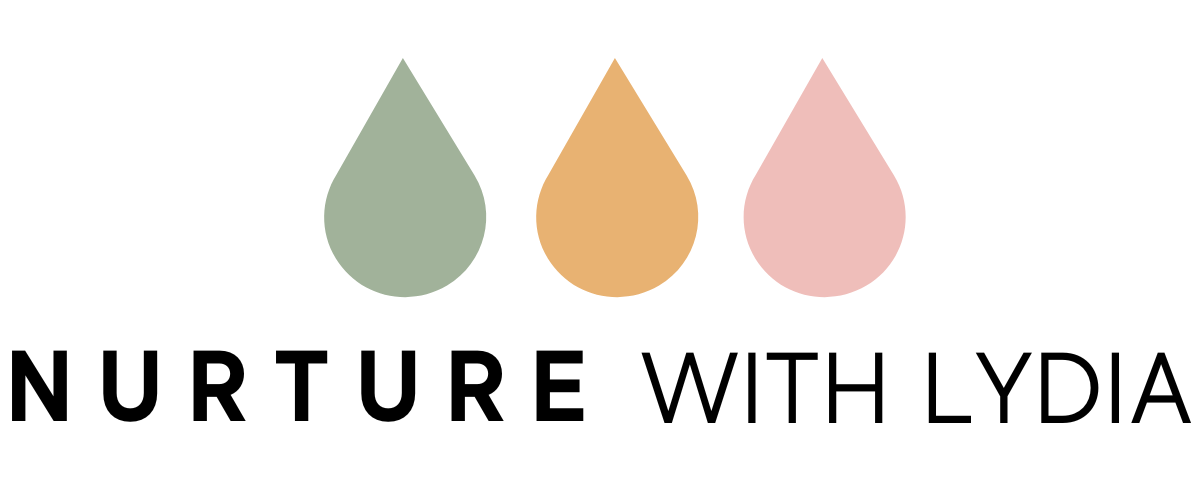What is colostrum?
Colostrum is the first milk that a mother produces. It’s thick, concentrated milk made up of immune protection, protein, sugar and fats - everything your baby needs to adjust to life outside the womb.
Colostrum production begins around the middle of pregnancy and continues for the first few days after your baby is born, gradually turning into mature milk during days 2-7 after giving birth.
Image source: My Expert Midwife - https://myexpertmidwife.com/products/colostrum-harvesting-kit
What is colostrum made up of?
Colostrum is nutrient-dense and packed with protective qualities such as:
High levels of antibodies and white blood cells to fight infections
A laxative effect to help baby clear their meconium (first poo) and reduce the chance of jaundice
Helps your baby’s digestive system to develop, providing a protective lining in their gut to further protect against germs
What does colostrum look like?
Colostrum is typically yellow, white or clear, and will only appear in small drops. It is a very concentrated milk and babies’ stomachs are the size of a cherry when they’re born so they only only need a small amount. Many women think that their milk hasn’t come in because they can only see clear drops appearing on their nipples, but this is colostrum and is everything their baby needs!
If your colostrum is slightly red or brown, this is due to small amounts of blood leaking into your ducts and is nothing to worry about. This is called Rusty Pipe Syndrome and should clear up within a few days, and it’s safe to continue feeding your baby your milk.
What is colostrum harvesting?
You can collect and freeze your colostrum from 36 weeks of your pregnancy and this is called colostrum harvesting. If there are any complications after the birth that mean you can’t breastfeed your baby, having some stored colostrum means that you’ve got your baby’s first meal ready and waiting!
Learning how to hand express means using your hands to remove colostrum from your breasts. This is an incredibly useful skill that will help you to familiarise yourself with your breasts, stimulate milk production and relieve uncomfortable symptoms of engorgement, blocked ducts or mastitis. During pregnancy, hand expressing should be the only way you’re removing milk from your breasts - avoid pumps whilst you’re secreting colostrum.
It’s normal if you are unable to express any colostrum during pregnancy as every woman is different. But continuing to try - starting once a day and working your way up to 4-5 times a day - means that you’re stimulating your breasts ready for your baby’s arrival and nailing the skill of hand expressing already. So don’t be disheartened if no colostrum appears - keep at it!
Your midwife should discuss colostrum harvesting with you. If your pregnancy is high risk or you have any concerns, speak with your midwife before beginning as you may be advised against it.
Harvested colostrum can be stored in small syringes and frozen. Make sure you label them with your name and the date and time that they were frozen.
To learn more about storing and bringing frozen colostrum to hospital with you, read this article: How to safely store colostrum.
Understanding the benefits of colostrum and harvesting colostrum during pregnancy will give you a brilliant start to your feeding journey.

